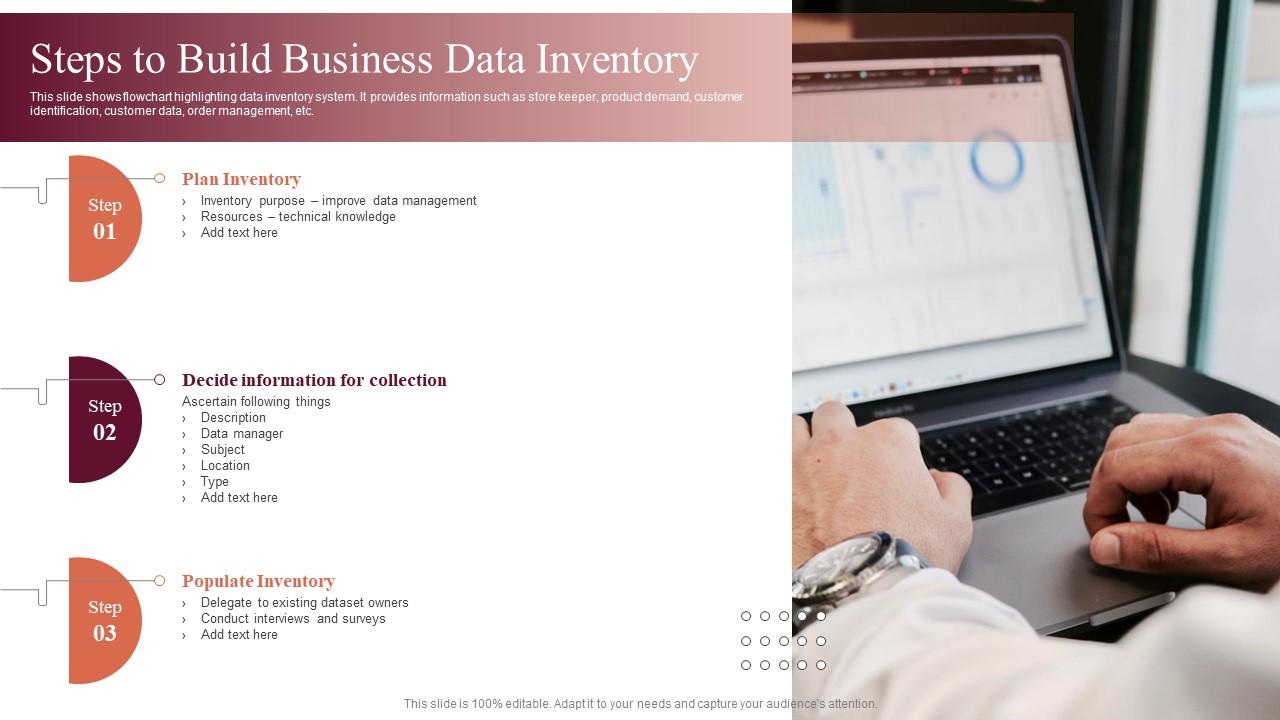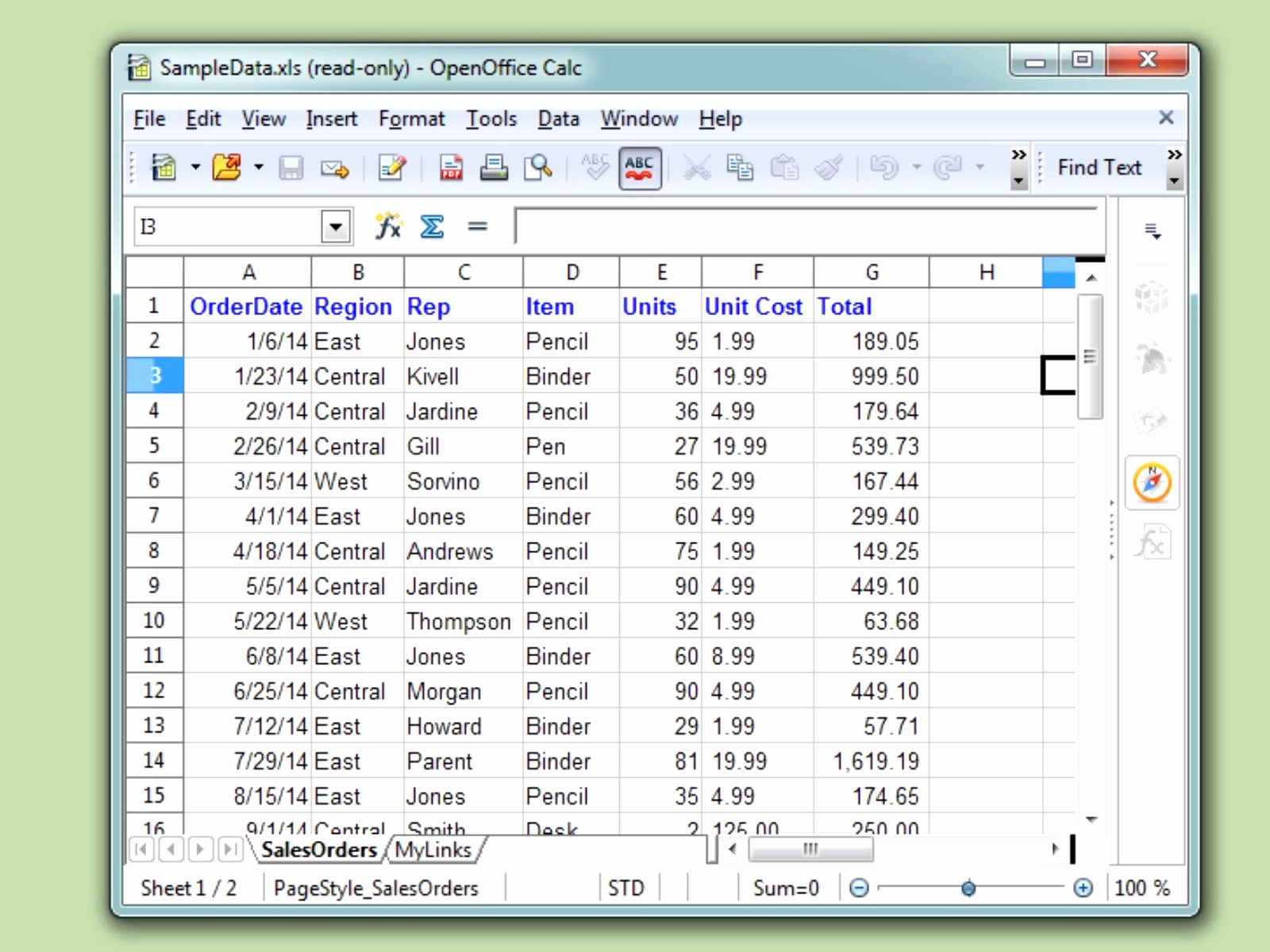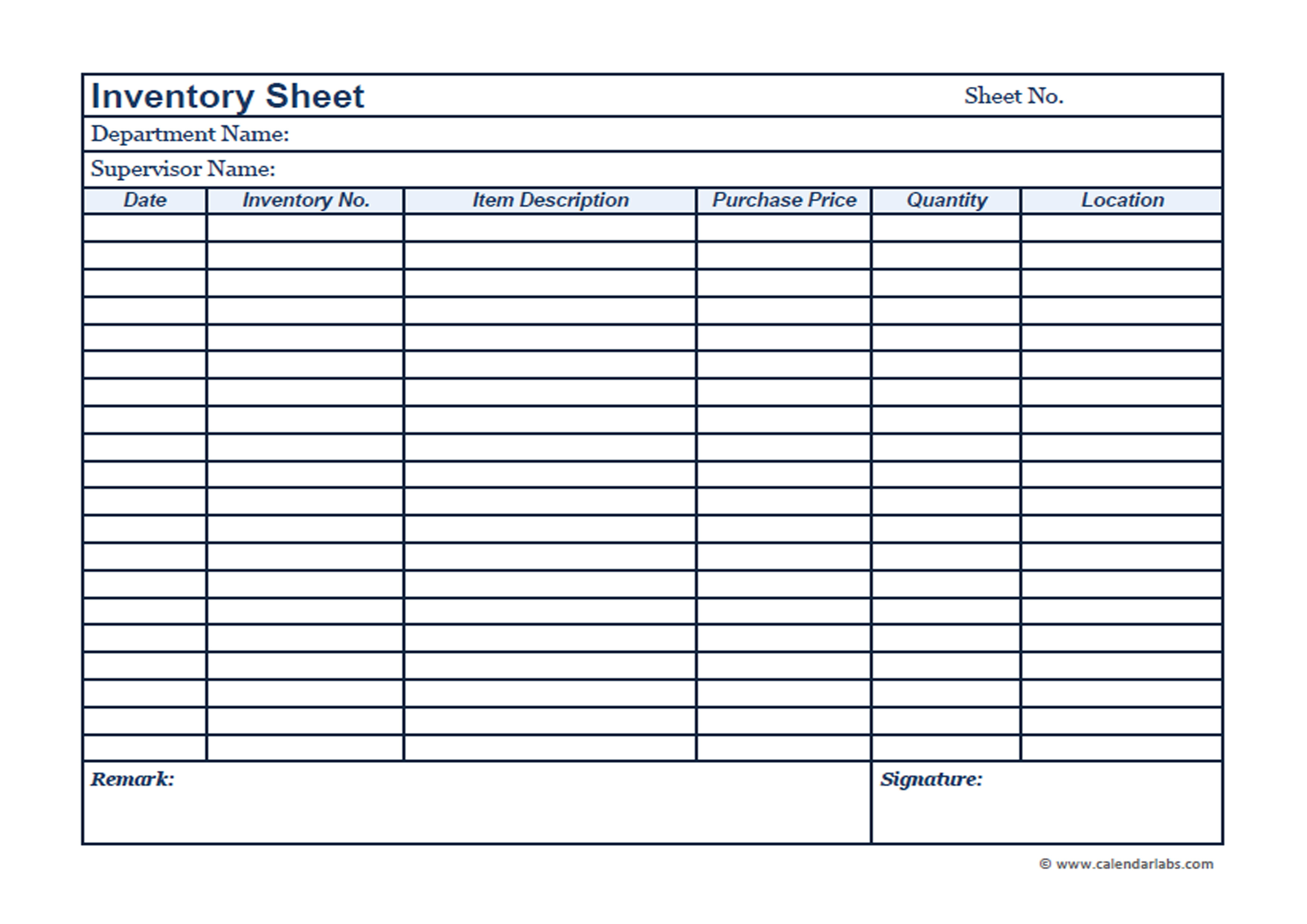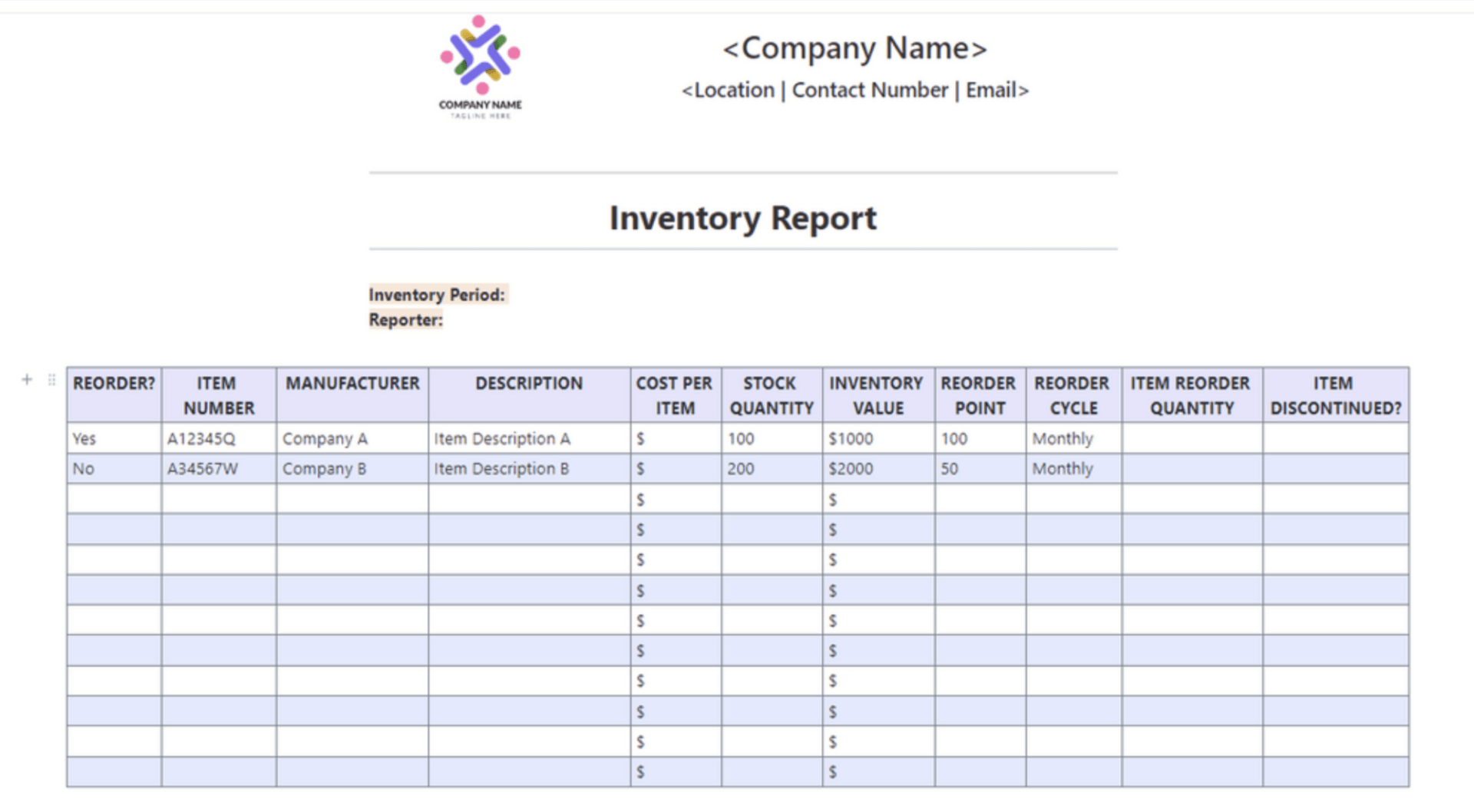Business inventories data is a crucial economic indicator that provides insights into the production, distribution, and consumption of goods within an economy. It offers valuable information about the health of businesses, supply chains, and overall economic growth.
By tracking the levels and changes in inventories, economists, businesses, and investors can gain a better understanding of current economic conditions and make informed decisions about the future.
Business Inventories Data
Business inventories data provide valuable insights into the health and dynamics of an economy. They measure the stock of goods held by businesses at various stages of production and distribution, including raw materials, work-in-progress, and finished goods.
Types of Business Inventories
- Raw materials:Unprocessed materials used in the production of goods.
- Work-in-progress:Partially completed goods that are still undergoing production.
- Finished goods:Completed products that are ready for sale to customers.
Data Sources and Collection Methods

Business inventories data is collected from a variety of sources, including government agencies, private surveys, and company reports.
Government agencies, such as the Bureau of Economic Analysis (BEA) and the Census Bureau, collect inventories data through surveys and censuses. These surveys collect data on the value of inventories held by businesses, as well as information on the types of goods held in inventory.
Private surveys are conducted by organizations such as the National Federation of Independent Business (NFIB) and the Institute for Supply Management (ISM). These surveys collect data on inventories from a sample of businesses. The data collected by these surveys is often used to create indexes of business inventories.
Company reports are another source of inventories data. Publicly traded companies are required to file quarterly and annual reports with the Securities and Exchange Commission (SEC). These reports include information on the value of inventories held by the company.
The methods used to collect and aggregate inventories data vary depending on the source of the data.
Sampling Techniques
Sampling techniques are used to collect data from a subset of businesses. This is done to reduce the cost and time required to collect data from all businesses.
There are a variety of sampling techniques that can be used to collect inventories data. The most common sampling techniques include:
- Simple random sampling
- Stratified random sampling
- Cluster sampling
- Convenience sampling
The choice of sampling technique depends on the size and nature of the population being studied.
Data Validation Procedures
Data validation procedures are used to ensure that the data collected is accurate and reliable.
There are a variety of data validation procedures that can be used. The most common data validation procedures include:
- Range checks
- Consistency checks
- Outlier detection
The choice of data validation procedures depends on the type of data being collected.
Measurement and Interpretation
Measuring and interpreting business inventories data involves key metrics that provide insights into a company’s inventory management efficiency and overall financial health. These metrics include inventory turnover ratio and days of inventory on hand.
Inventory Turnover Ratio
The inventory turnover ratio measures how efficiently a business uses its inventory. It is calculated by dividing the cost of goods sold (COGS) by the average inventory value over a specific period, typically a year. A higher inventory turnover ratio indicates that the business is selling through its inventory quickly and efficiently, while a lower ratio may indicate excess inventory or slow sales.
Inventory Turnover Ratio = Cost of Goods Sold / Average Inventory Value
Days of Inventory on Hand, Business inventories data
Days of inventory on hand (DOH) measures the average number of days it takes a business to sell through its inventory. It is calculated by dividing the average inventory value by the daily cost of goods sold. A shorter DOH indicates that the business is holding less inventory and is more efficient in managing its inventory levels.
Days of Inventory on Hand = Average Inventory Value / Daily Cost of Goods Sold
Challenges and Limitations
Interpreting inventories data can be challenging due to factors such as seasonal fluctuations and data accuracy. Seasonal businesses may experience significant variations in inventory levels throughout the year, making it difficult to compare inventory metrics across different periods. Additionally, data accuracy can be affected by errors in inventory counting or recording.
Applications and Uses

Business inventories data is a valuable tool for economists, businesses, and investors, providing insights into economic growth, supply chain management, and investment decisions.
Role in Forecasting Economic Growth
Inventories data reflects changes in production and demand, making it a key indicator for predicting economic growth. When businesses increase their inventories, it suggests anticipation of higher future demand, while decreases may indicate slowing economic activity.
Role in Managing Supply Chains
Businesses use inventories data to optimize their supply chains. By tracking inventory levels, they can identify potential shortages or surpluses, enabling them to adjust production schedules, manage storage costs, and ensure timely delivery to customers.
Role in Investment Decisions
Investors use inventories data to assess the performance of companies and industries. High inventory levels may indicate overstocking or weak demand, while low levels could suggest supply chain disruptions or production inefficiencies. This information helps investors make informed investment decisions.
Trends and Patterns

Business inventories data exhibit notable trends and patterns over time. These fluctuations reflect underlying economic conditions, technological advancements, and shifts in consumer behavior.
Economic Cycles
Inventories tend to follow economic cycles, rising during periods of expansion and declining during contractions. In economic expansions, businesses anticipate increased demand and build up inventories to meet future orders. Conversely, during economic downturns, businesses reduce inventories to minimize losses and adjust to lower demand.
Technological Advancements
Technological advancements have significantly influenced inventory management. Just-in-time (JIT) inventory systems, for example, have reduced inventory levels by improving supply chain efficiency and reducing lead times. Advanced inventory management software also enables businesses to track inventory levels in real-time, optimize stock levels, and minimize waste.
Changes in Consumer Behavior
Changes in consumer behavior can also impact inventory levels. For instance, the rise of e-commerce has led to increased inventory levels for online retailers, as they need to maintain stock to fulfill orders quickly. Additionally, changing consumer preferences for personalized products and shorter delivery times have also influenced inventory management practices.
Forecasting and Modeling

Business inventories data forecasting involves predicting future inventory levels based on historical data and economic indicators. Time series analysis and econometric models are commonly used methods for this purpose.
Time series analysis examines historical inventory data to identify patterns and trends. It uses statistical techniques to extrapolate these patterns into the future, providing a baseline forecast. Econometric models, on the other hand, incorporate additional economic variables, such as consumer demand, production levels, and interest rates, to create more sophisticated forecasts.
Challenges and Limitations
Forecasting inventories is challenging due to several factors. Unexpected events, such as natural disasters or economic crises, can significantly impact inventory levels. Market volatility, characterized by rapid price fluctuations and demand shifts, can also make it difficult to accurately predict future inventory needs.
International Comparisons

Business inventories data can vary significantly across different countries or regions. These variations can be attributed to a range of factors, including economic development, trade policies, and cultural differences.
Economic Development
The level of economic development is a major factor that influences business inventories. In developing countries, businesses tend to hold higher levels of inventory to buffer against supply chain disruptions and fluctuations in demand. In developed countries, on the other hand, businesses can rely on more efficient and reliable supply chains, which allows them to hold lower levels of inventory.
Trade Policies
Trade policies can also impact business inventories. Countries with open trade policies tend to have lower levels of inventory, as businesses can easily import goods from other countries to meet demand. Countries with restrictive trade policies, on the other hand, may have higher levels of inventory, as businesses need to maintain larger stocks to protect against import disruptions.
Cultural Differences
Cultural differences can also play a role in business inventories. In some cultures, it is considered prudent to hold high levels of inventory, while in other cultures, it is seen as wasteful. These cultural differences can lead to significant variations in inventory levels across countries.
Last Recap
In conclusion, business inventories data is a multifaceted and essential tool for understanding economic activity. It provides valuable insights into production, supply chains, and consumer behavior, enabling economists, businesses, and investors to make informed decisions and contribute to economic growth and stability.
Popular Questions
What is the purpose of business inventories data?
Business inventories data provides insights into the production, distribution, and consumption of goods within an economy, helping to assess economic activity and make informed decisions.
What are the different types of business inventories?
Business inventories include raw materials, work-in-progress, and finished goods.
How is business inventories data collected?
Business inventories data is collected through various sources, including government agencies, private surveys, and company reports.
What are the key metrics used to measure business inventories?
Key metrics include inventory turnover ratio and days of inventory on hand.
How is business inventories data used in practice?
Business inventories data is used for economic forecasting, managing supply chains, and making investment decisions.
